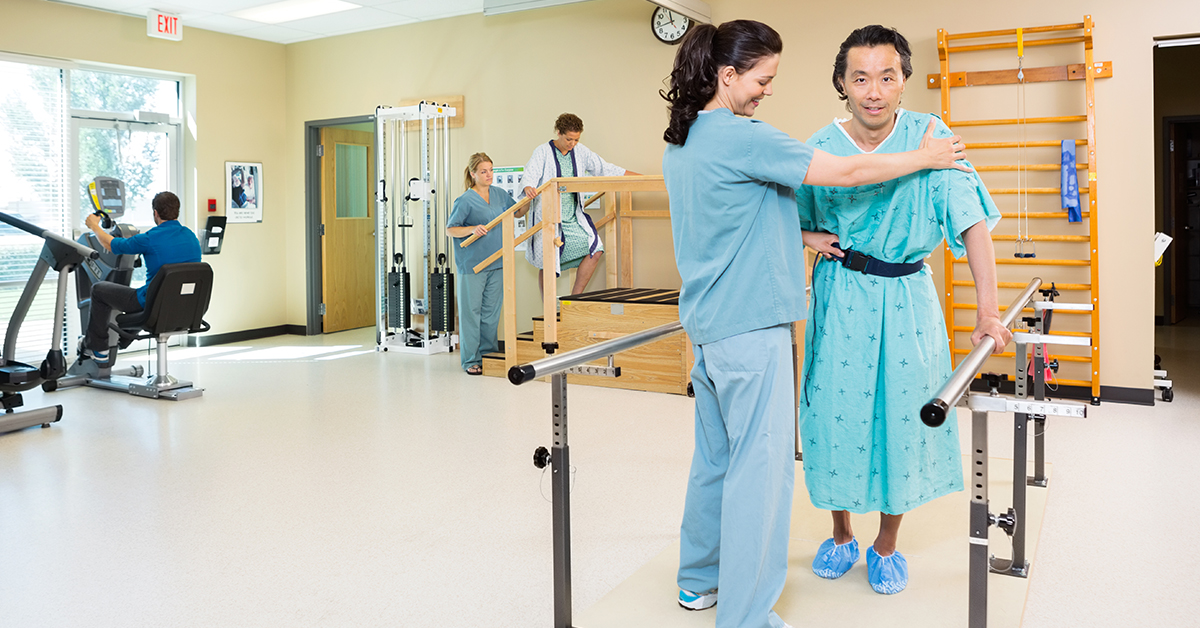
Joint replacement surgery is a commonly performed procedure. Following the procedure, it is essential for patients to take some time out and recover sufficiently. In this article, we shall briefly look at how one can recover following a joint replacement.
Types of Joint Replacement
The recovery period following joint replacement varies depending on the joint that has been repaired. For example, the type of recovery and the duration is different for knee replacement than it is for hip replacement. Knee replacement patients can take a few weeks before they are back on their feet and completely independent, while hip replacement patients can be back on their feet within 48 hours, though they do require a period of treatment before the return to completely normal activity.
Recovering After Joint Replacement
In the immediate post-operative period following joint replacement, patients usually require a short period of observation. During this time, they may require intravenous fluids and some may even warrant blood transfusions. Dressings over the surgical incision site may need changing from time to time and patients may require antibiotics if there is a suspicion of contamination or infection.
After the immediate post-operative period comes the actual period of recovery. Patients may be asked to sit out of their beds in a chair and gradually commence weight-bearing activities or light exercises. Patients usually require the help of walking aids if they have had knee replacement surgery. This can be in the form of a frame or crutches. Physical therapists are actively involved in this stage and will teach the patient how they can walk using these aids without causing any damage to the recently operated upon joint.
After the initial phase of physical therapy, patients may be able to stop using a walking aid and may just move on to using a stick. During this time, exercises will be prescribed that will strengthen the muscles around the joint which has been operated upon. Exercises will start off as gentle stretches and strengthening exercises, though this may progress to harder ones as time progresses. The ultimate goal is to strengthen the joint that has just been replaced until patients are completely independent and have returned to their normal activities.
Duration of Treatment
The duration of treatment varies from patient to patient. Furthermore, as previously mentioned, the duration also varies upon which joint has been replaced. Usually, the in-hospital stay lasts up to a week or so, beyond which patients can be rehabilitated at home. During the time that the patients are in the hospital, physical therapists will teach them the required exercises that they must perform at home. Advice will also be given as to how to prevent any damage to the replaced joint and also how to keep the area clean and free of infection. This is valuable advice that must be followed strictly by the patient.
Conclusion
Recovery following joint replacement is an important time. Patients must actively participate and follow advice offered by their healthcare team.
